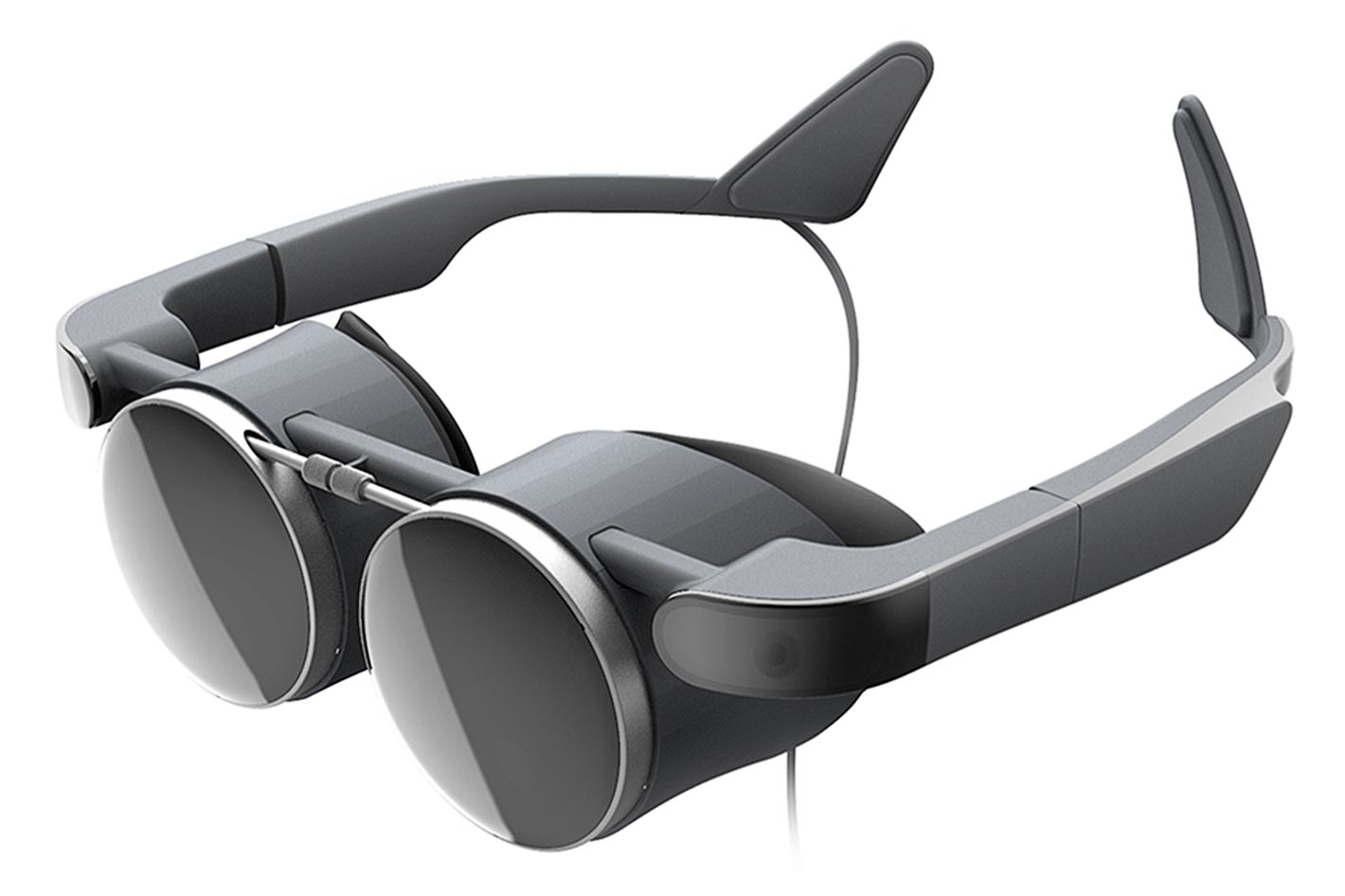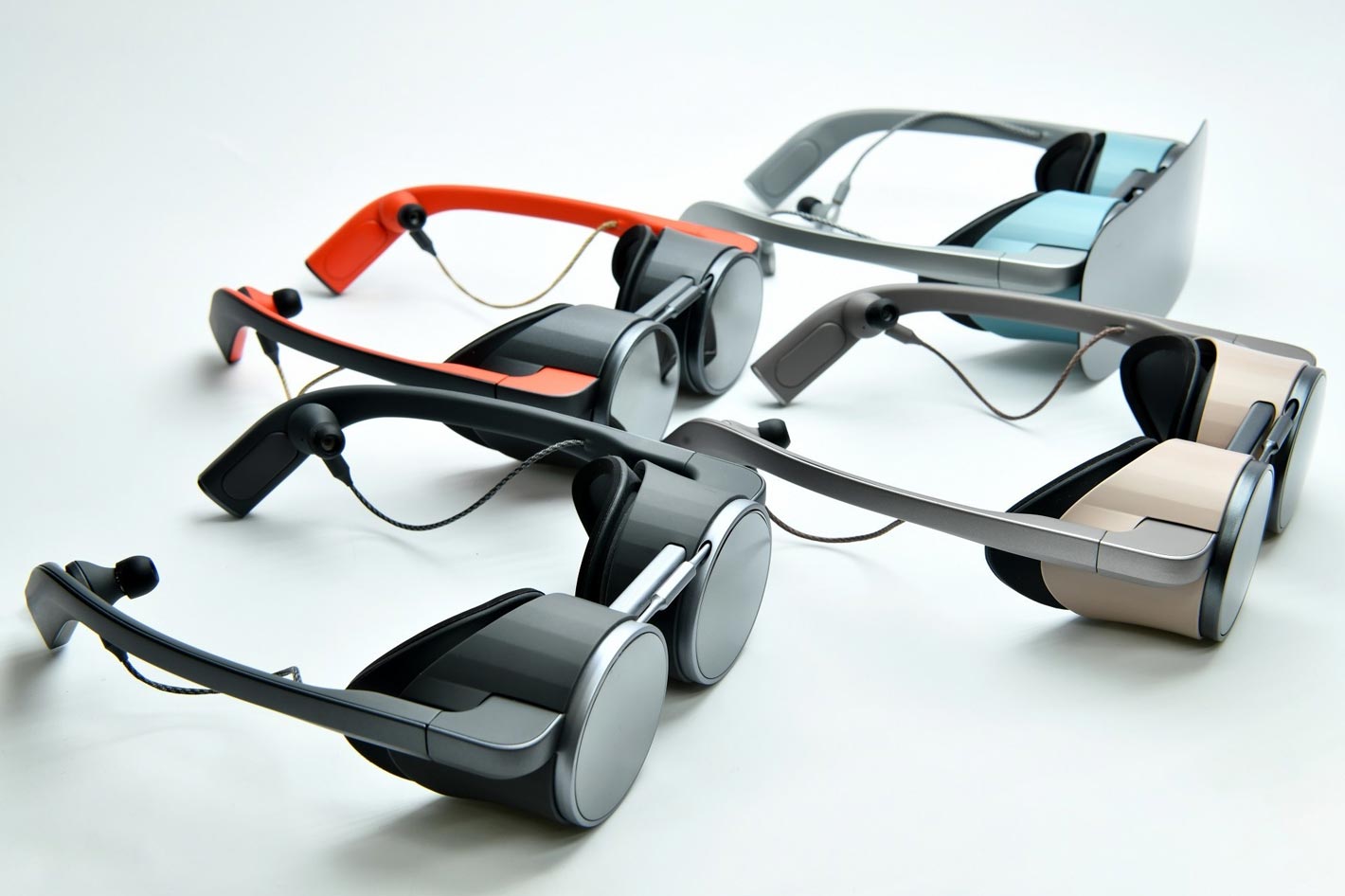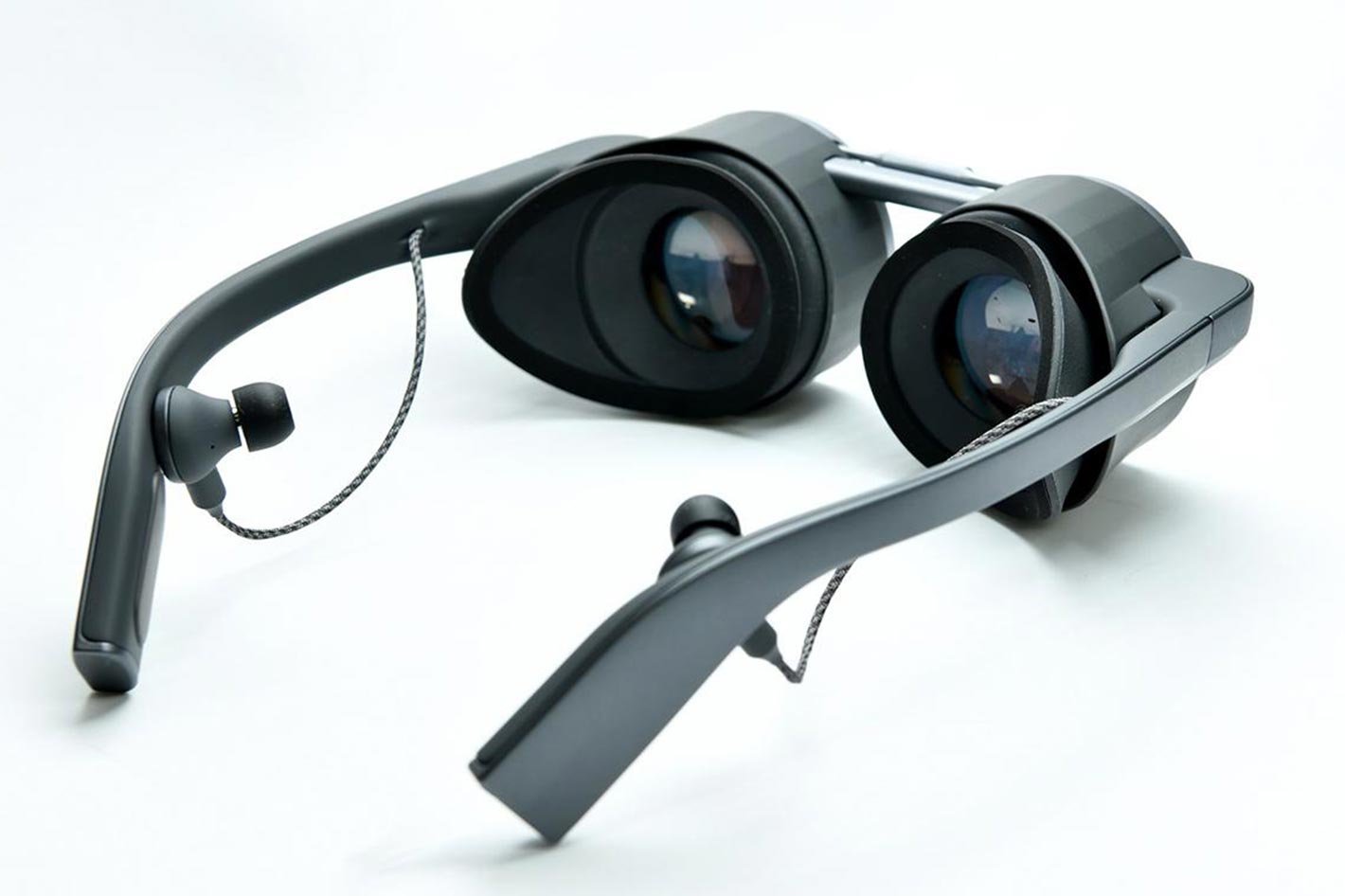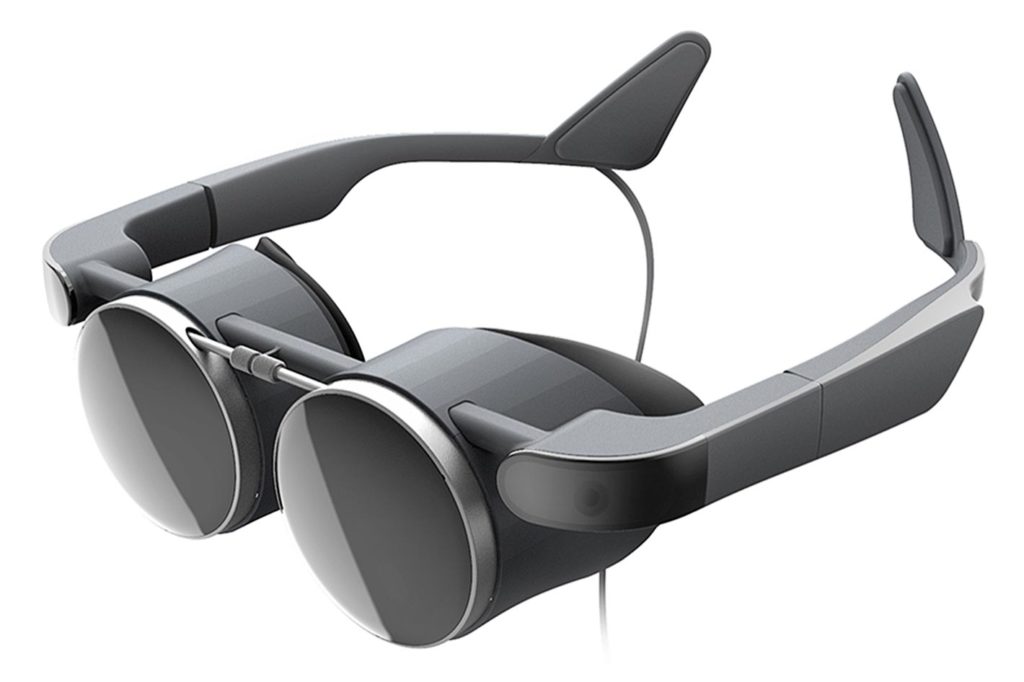 Featuring HDR, 2.6K micro-OLED panels for each eye, the VR Glasses from Panasonic are the world’s first HDR capable UHD VR eyeglasses, with high-quality images and optimal sound and no screen door effect.
Featuring HDR, 2.6K micro-OLED panels for each eye, the VR Glasses from Panasonic are the world’s first HDR capable UHD VR eyeglasses, with high-quality images and optimal sound and no screen door effect.
With anticipation of the forthcoming full-fledged commercial services of the fifth generation (5G) mobile communications system, a number of new services using VR glasses are expected to be offered, including for VR sports viewing and engaging virtual travel experiences. That’s the reason why Panasonic introduced its VR Glasses reference product at CES 2020 and is now back with what the company says is the ultimate immersive experience with high-quality audio & visual on small, lightweight VR Glasses.
Although we’ve seen a series of VR headsets enter the market, there is a need for solutions that offer a comfortable fit that makes users feel as if they were wearing eyeglasses, which is well suited for a series of activities including movie watching, and that’s what these glasses seem to offer. Panasonic aims to be in the front row, offering their own solution, which was unveiled at CES 2020 and reappears for CES 2021, although not much more information is available about the product.
In a world where technology and entertainment are literally at our fingertips, Panasonic has developed the world’s first High-Dynamic Range (HDR) capable ultra-high definition (UHD) virtual reality (VR) eyeglasses. While conventional VR Head Mount Display (HMD) devices enable a highly immersive, simulated experience, said the company back in 2020, “they are often bulky and uncomfortable. These Panasonic VR glasses boast a comfortable fit and are easy to put on & take off, making users feel as if they were wearing eyeglasses.”
ProVideo Coalition noted, back then, that a series of trusted Panasonic audio and visual technologies are embedded into the VR glasses including signal processing technologies cultivated through the development of video equipment such as TVs and Blu-ray Disc players, acoustic technologies of Technics audio products, and optical technologies used in LUMIX digital cameras, and that these technologies enabled Panasonic to achieve compact and lightweight VR glasses offering ultra-high-quality images and optimal sound that deliver realistic sensations drawing the user into the images projected before their eyes.
 Second generation 2.6K OLED panels
Second generation 2.6K OLED panels
Featuring a stylish design, the VR Glasses are compact and lightweight for extended use and portability, and are a “use anywhere” solution that uses 5G mobile devices and PCs for connectivity. One interesting piece of information about Panasonic’s VR Glasses is that they offer Inter-Pupillary Distance (IPD) and diopter adjustment options, which has been a key request from users in new models of VR headsets.
Panasonic also confirmed that the system adopts HDR, 2.6K micro-OLED panels for each eye. These glasses, equipped with a micro OLED panel, offer UHD high-quality images device capable of displaying HDR images and achieve natural and smooth images without “screen door effect” – a visual artifact of displays in which the fine lines separating pixels become visible in the displayed image.
The 2.6K micro-OLED panels mentioned by Panasonic are from Kopin Corporation, a leading developer and provider of transmissive and reflective active-matrix liquid crystal and organic light emitting diode (OLED) microdisplays. Kopin was already onboard when the product was first announced, and we shared the information with PVC readers back in early 2020. Since CES 2020, though, there were new developments and we can now confirm that the compact VR headset from Panasonic Corporation will use Kopin’s second generation 2.6K x 2.6K OLED DoC, first announced June 2020.
 120-Hz frame rate operation with global shutter
120-Hz frame rate operation with global shutter
The company announced then that the Lightning 2.6K x 2.6K OLED display (2560 x 2560 resolution) had achieved breakthrough color fidelity (> 115% sRGB). Kopin noted, at the time, that “this fidelity number is believed to be the world’s highest achieved on duo-stack OLED microdisplays and equal to that on the best single-stack OLED microdisplays. This OLED display is aimed at high-performance virtual reality/augmented reality/mixed reality (VR/AR/MR) headsets.”
The 2.6K x 2.6K OLED display also has 10-bit color control, the world’s first in OLED microdisplays to the best of Kopin’s knowledge. The 10-bit color control, together with the measured high color fidelity, outstanding efficiency (> 6 candela/ampere), high brightness level (> 1000 nits) and high contrast ratio (> 10,000: 1), now enables the much-desired studio-quality, high dynamic range (HDR) capable VR experience.
The excellent results were obtained in close collaboration with Kopin’s OLED foundry partner, Lakeside Optoelectronic Technology Co., Ltd. Further improvements in the brightness (> 2000 nits) and color fidelity are expected through optimization of OLED deposition conditions says the company. By incorporating a structure to enhance the output coupling efficiency, the brightness of the OLED microdisplay could be increased to > 5000 nits within a couple of years.
The result is impressive, as the whole wearable monitor is now a single 1.3” chip. Kopin adds that the company plans “to enhance our backplane design further to reach 120-Hz frame rate operation with global shutter while reducing power consumption even further in our second generation 2.6K x 2.6K DoC. We expect to have the second generation 2.6K x 2.6K DoC ready by the end of this year and commercially available to select partners in 2021.”

Filmtools
Filmmakers go-to destination for pre-production, production & post production equipment!
Shop Now













